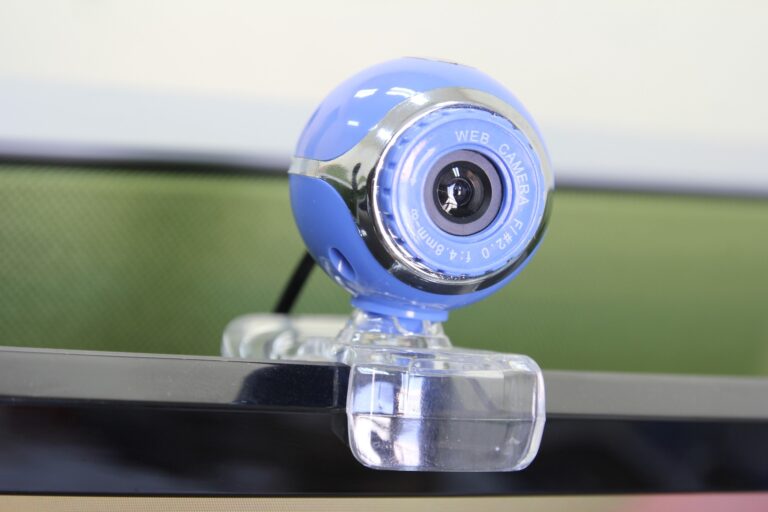The global pandemic has drastically changed the world’s business landscape as nearly every company, in nearly every industry, has been forced to change the way it operates. As we move towards a post-COVID world, however, there’s one change that may be lasting: remote work.
According to Upwork, the world’s largest talent marketplace for freelancers and agencies, nearly a quarter (23%) of the US workforce will be fully remote by 2025. What’s more, a recent survey by Robert Half found that as many as one in three remote workers may quit their current positions if asked to return to the office full-time.
With remote work likely in place for the long haul, employers will need to make changes to their hiring process. Not only will face-to-face interviews be replaced by Zoom and Skype calls, but the onboarding of new employees will now take place virtually as well.
Even before the era of remote work, a company’s onboarding process played an extremely important part in acclimating new employees and setting them up for success. As we’ve previously explained, proper onboarding pays off with employee engagement, productivity, and loyalty to your employer brand.
Onboarding virtual employees, however, comes with its own unique set of challenges. Below, we list what we believe to be four extremely useful techniques to get remote employees started off on the right foot.
Effective Onboarding Techniques for Remote Employees
Arm Remote Employees with the Essentials
The primary goal of an effective onboarding process should be the same as an in-person one. To familiarize new employees with company mission, values, and culture; make them feel welcomed; to connect them with their work colleagues; and to properly train them on company tools and procedure.
The most effective ways to accomplish these tasks virtually would be to schedule one-on-one Zoom calls; create a series of short videos on induction topics; construct interactive training sessions; and to welcome new employees via companywide emails, social media posts, and even virtual happy hours.
Set Up Technology
When onboarding new hires onsite, it’s relatively easy to make sure they have the proper software and hardware needed to perform their tasks. When done virtually, however, the task becomes a bit more difficult.
Shipping hardware is one thing but setting up the equipment and configuring it for the user is another. This hurdle, however, can be cleared by creating a series of videos presenting step-by-step instructions for getting hardware and software set up. Then, ensuring the new hire has an IT contact to help walk them through issues if any were to arise.
Prolong the Onboarding Process
Experts believe that the onboarding process needs to go past an employee’s first few weeks on the job, with some believing it should last closer to 90 days. Since getting acclimated to a new position is certainly more challenging when done remotely, the process should be prolonged. While paperwork and training exercises may take the same amount of time as before, it’ll take more time to integrate new remote hires into the company culture.
Daily check-in calls over the first few months with managers and other team members can help to accomplish this task.
Communicate Often
It’s impossible to over communicate with new hires in a virtual onboarding setting. Starting a new job is nerve wracking enough, doing so while left on an island is impossible!
So, set schedules for the new hire to be in touch with different members of the company each day, in addition to daily check-ins with their manager. Ask questions, get feedback, and be sure they’re firmly onboard and comfortable in their new position.








